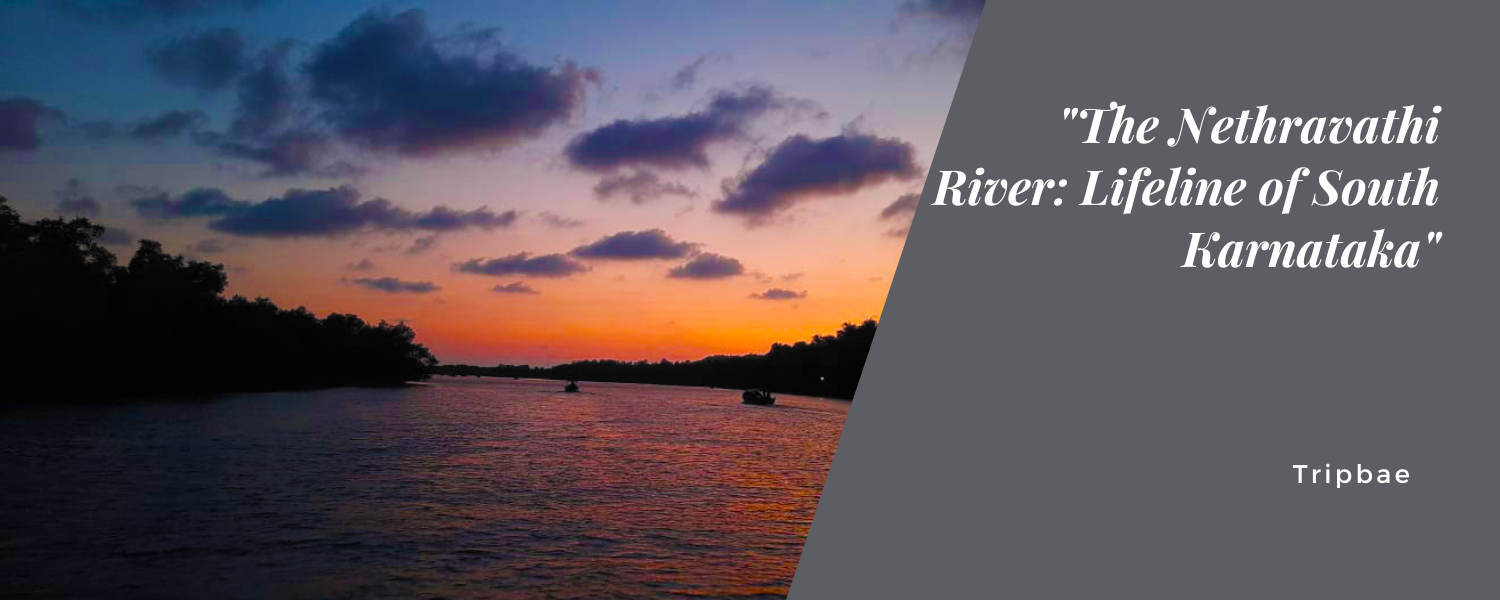Flowing through the Southwestern region of India, the Nethravathi River is one of the most important rivers of Karnataka, both economically and culturally. It originates in the Western Ghats and flows towards the Arabian Sea, nourishing a vast region with its fertile alluvial soil. This article will take you on a journey through the significant role that the Nethravathi River plays in the lives of people and the ecosystem it supports.
Origins and Course
The Nethravathi River springs from the Gangamoola in Chikkamagaluru district, located in the Western Ghats. It follows a winding course through hilly terrain and dense forests, covering a distance of around 300 kilometers before it converges with the Arabian Sea near Mangalore.
The river changes its name along its journey, known as the Bantwal River after it reaches Bantwal and as the Kumaradhara River after its confluence with the Kumaradhara near Uppinangady.
Significance to Local Communities
The Nethravathi River is the lifeline for several districts in Karnataka. It provides water for drinking, irrigation, and industrial use to several towns and cities, including the major city of Mangalore.
The river’s fertile alluvial plains support extensive agriculture, with crops like rice, areca nut, and coconut being the main cultivations. Fishing is also a primary occupation for people living along the river, contributing significantly to the local economy.
Cultural Importance
The Nethravathi River holds deep cultural and religious significance. It is considered sacred by the local communities, with several temples situated along its banks. The Dharmasthala Manjunatha Temple, a prominent Hindu pilgrimage center, is located near the banks of the Nethravathi.
Ecological Significance
The Nethravathi River plays a crucial role in maintaining the region’s ecological balance. It supports diverse flora and fauna, including several species of fish and aquatic life. The river and its tributaries flow through protected areas like the Kudremukh National Park, which houses a variety of wildlife.
Concerns and Conservation Efforts
Like many rivers in India, the Nethravathi faces challenges such as pollution and degradation due to human activities. Sand mining, deforestation, and unplanned urbanization are some of the main threats to the river ecosystem.
There have been various conservation efforts to protect and rejuvenate the Nethravathi River. These include initiatives to reduce pollution, increase afforestation, and regulate sand mining activities. The participation of local communities is an integral part of these efforts, highlighting the deep bond between the river and the people it nurtures.
In conclusion, the Nethravathi River is not just a water body; it’s a symbol of life, livelihood, and faith for the people of South Karnataka. The efforts to conserve this vital river underline the necessity to balance development with the sustainability of our natural resources.


Comment (0)